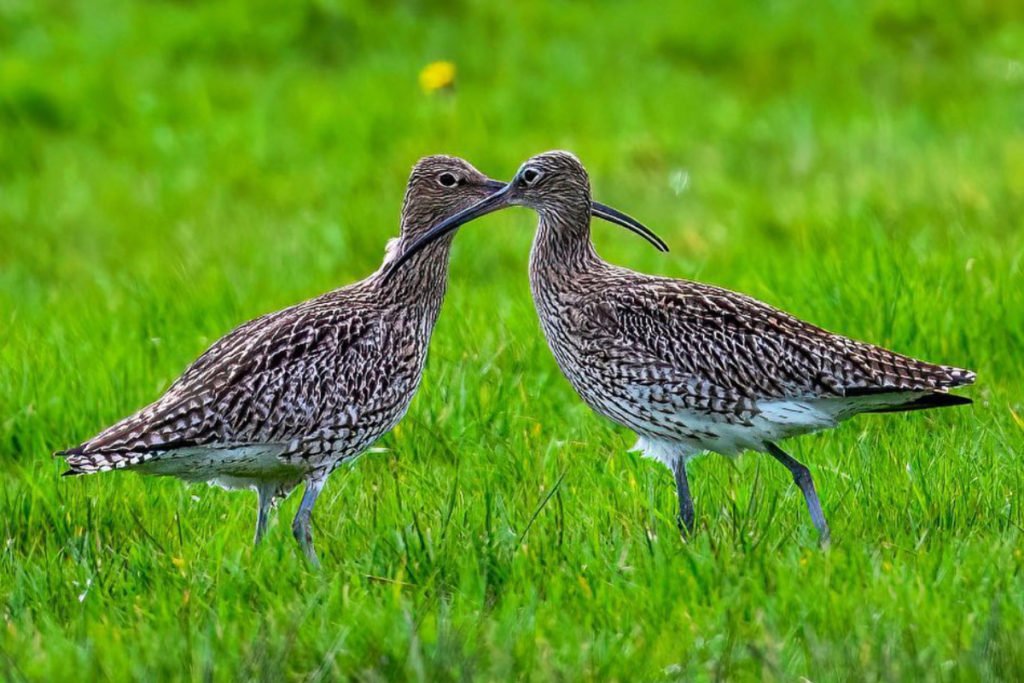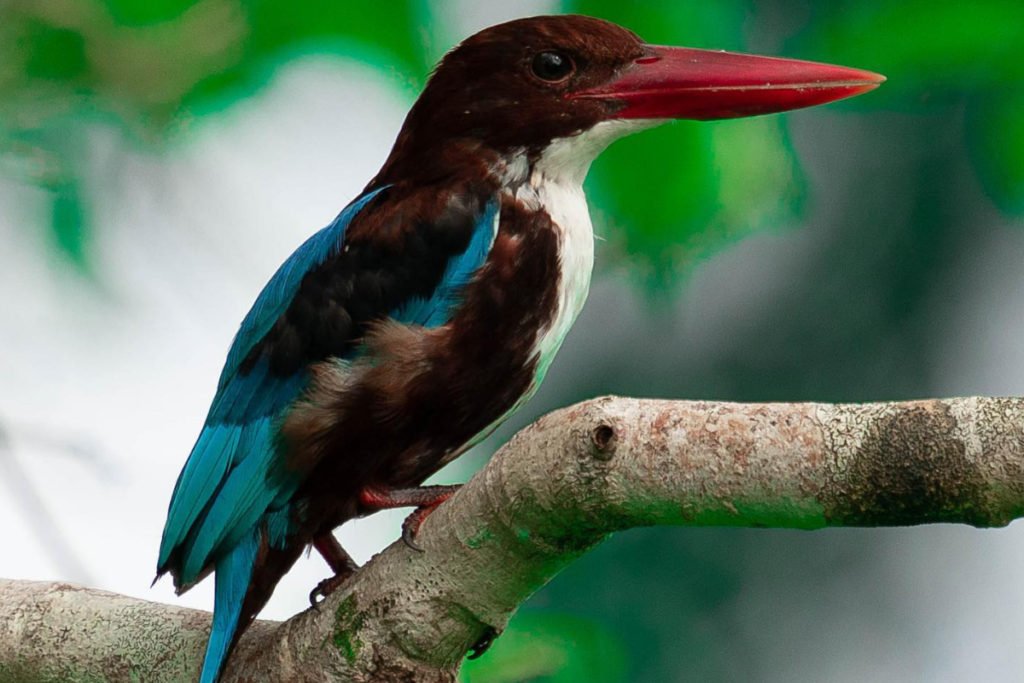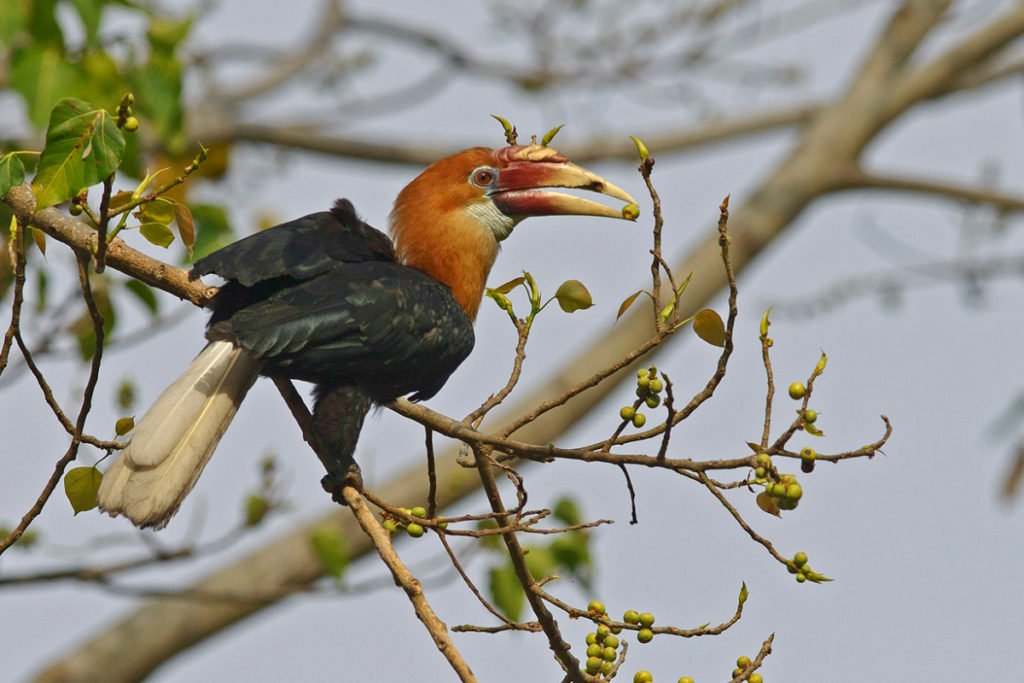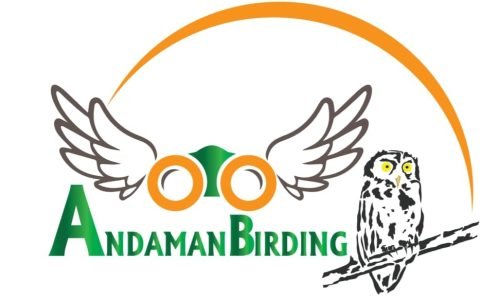Target Birds in Great Nicobar



Endemic / Restricted-Range Species
Great Nicobar Serpent Eagle
Nicobar Scops Owl (Otus alius) — Rare owl living in the moist lowland forests of Great Nicobar.
Nicobar Hooded Pitta (Pitta abbotti) — Colorful ground-foraging bird with black head and chestnut crown.
Nicobar Sparrowhawk (Accipiter butleri) — Small forest hawk, considered vulnerable and found only in Nicobars.
Nicobar Parakeet (Psittacula caniceps) — Striking green parrot species restricted to Great & Little Nicobar.
Nicobar Megapode / Scrubfowl (Megapodius nicobariensis) — Unique bird that builds large mound nests on forest floor.
Nicobar Imperial Pigeon (Ducula nicobarica) — Large fruit-eating pigeon inhabiting lowland forests.
Nicobar Jungle Flycatcher (Cyornis nicobaricus) — Small flycatcher seen in forests and mangrove areas.
Shared / Notable Resident Species
Andaman Wood Pigeon (Columba palumboides) — Large grey pigeon, near threatened, found in dense forests.
Andaman Cuckoo-Dove (Macropygia rufipennis) — Long-tailed dove of evergreen forests and forest edges.
White-headed Starling (Sturnia erythropygia) — Distinctive starling with white head and glossy plumage.
1. Introduction
Great Nicobar is the largest and southernmost island of the Nicobar group.
It is a biodiversity hotspot and home to many endemic, rare, and migratory birds.
Perfect for birders looking for a remote, wild, and untouched birding experience.
2. Key Bird Species to Spot
Nicobar Megapode – Famous mound-building bird, unique to Nicobar.
Nicobar Jungle Flycatcher – Small forest-dwelling songbird.
Nicobar Parakeet – Largest parakeet in India, seen in flocks.
Edible-nest Swiftlet – Known for its unique nesting behavior.
White-bellied Sea Eagle – Majestic raptor soaring near the coast.
Glossy Swiftlet & Pacific Reef Egret – Common along beaches and cliffs.
Several waders, shorebirds, and forest birds can also be spotted.
3. Best Birding Locations
Campbell Bay National Park – Prime spot for forest birds and endemics.
Galathea National Park – Mangrove creeks, wetlands, and forest trails rich with birdlife.
Coastal Areas & Beaches – Ideal for spotting sea eagles, terns, and waders.
Forest Trails & Riverbanks – Good for Nicobar Parakeet, Flycatchers, and Kingfishers.
4. Ideal Season
November to April is the best time for birdwatching – clear skies and calm weather.
Monsoon months (May–September) are not recommended due to heavy rains and rough seas.
5. Trip Duration
Recommended trip length: 3–4 days to cover key locations.
Allows time for morning and evening birding sessions and forest treks.
6. What’s Included in a Birdwatching Trip
Expert birding guide with knowledge of endemic species.
Entry permits for Campbell Bay & Galathea National Parks.
Transport arrangements for local travel between birding spots.
Accommodation and meals near Campbell Bay.
Assistance for photographers to get the best sightings.
7. Travel & Accessibility
Access is via ship or helicopter from Port Blair (limited and needs advance booking).
Requires Inner Line Permit (ILP) for Indian citizens and special permit for foreign nationals.
Trip must be well-planned in advance due to remote location and limited infrastructure.
8. Responsible Birding
Follow eco-friendly practices – no disturbing nests or habitat.
Respect tribal reserves and restricted areas.
Support local conservation efforts by choosing responsible tour operators.
